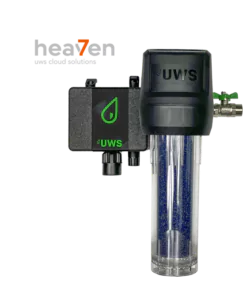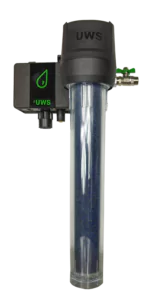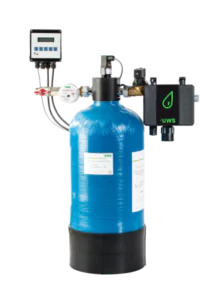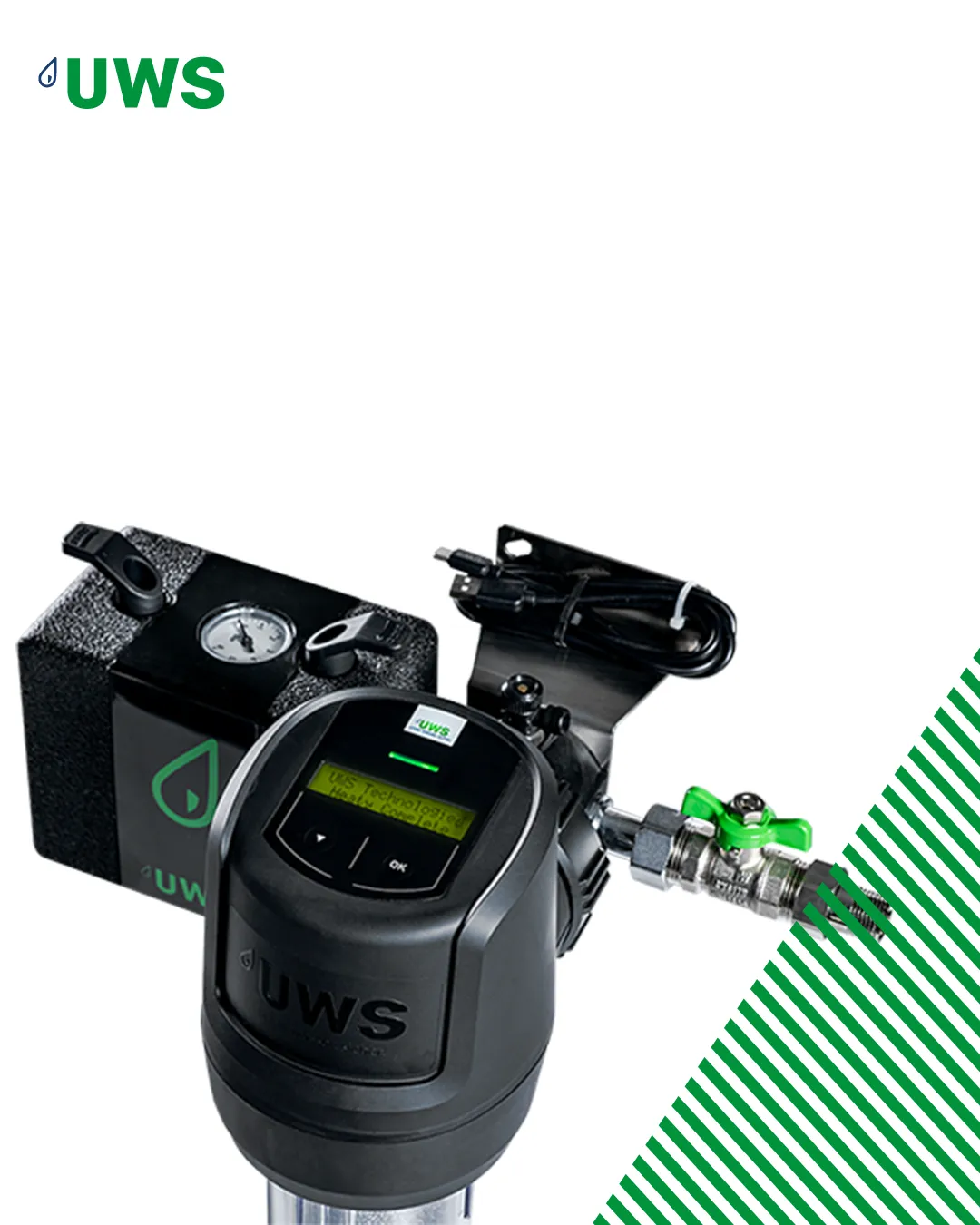Proper refilling – how to protect heating systems from damage in the long term
As an HVAC professional, you know that not all heating water is the same. And above all: top-up is not a trivial routine task, but a critical intervention in the quality of the system. If you do it wrong, you risk corrosion, deposits, and expensive damage. Today, however, refilling can be carried out comfortably and in accordance with standards – with the right solutions from UWS.
Why top-ups are often underestimated
“Water is just water” – you hear this phrase more often than you’d like. Many operators – and unfortunately also some experts – see water replenishment as a mere chore: a little pressure loss, a quick turn of the tap, and the system is up and running again. Quickly done, seemingly harmless.
And that’s exactly where the problem lies: the consequences of improper water replenishment are not immediately apparent. Corrosion, deposits, material embrittlement – all of this happens gradually. What works today will only reveal its weaknesses in months or years. Refilling is therefore not a marginal technical issue, but a key lever for the long-term maintenance of the heating system.
The system is running again – that is often the only measure of success after refilling. But what happens in the background usually goes unnoticed: the heating water “tipps,” corrosion processes pick up speed – and months later there are problems with the pump, heat exchanger, or boiler.
In practice, this means:
If you refill blindly, you introduce hardness formers, salts, and oxygen into the system every time. The result: increasing conductivity, decreasing pH value, and electrochemical reactions – with devastating effects on efficiency, operational safety, and warranty claims.
The right way to do it: 4 steps for safe refilling
1. Check the heating water regularly – not just when topping up
Many problems in heating systems creep up slowly – and go unnoticed for a long time. Therefore, the heating water should be checked regularly, not only when refilling, but also during operation.
With Measuring devices such as the
WaterBoy
, you can reliably measure and document the pH value and conductivity. The data helps you to identify abnormalities at an early stage, document deviations from the norm, and avoid unnecessary damage. This is particularly important in older systems, in cases of frequent replenishment, or when materials in the system change (e.g., due to renovation).
Recommendation: Check at least once a year – more often if there is noticeable water loss or known weak points in the system.
2. Choose a refill system that is appropriate for the size of the system
Whether it’s a single-family home, multi-family property, or commercial unit, the make-up water system must be suitable for the size of the system. The decisive factors here are not only performance, but also the type of use, automation, and documentation and monitoring requirements.
- For smaller systems, compact, easy-to-install systems such as
Heaty Complete Home
(color change for resin monitoring) / Advanced (digital consumption display & alarm function) / PROfessional (Fully automatic IoT refill with leak protection and push notification)

Heaty Complete Professional
Heaty Complete PROfessional is the world’s first smart IoT make-up system, including Cloud connection – fully automatic, leakage protection and digital water meter.To the product
- In medium to large systems, automatic refills such as Heaty Complete Advanced XL (digital consumption display & alarm function) / PROfessional XL (fully automatic IoT refill with leak protection & cloud connection) are often the better choice.

Heaty Complete Advanced XL
Our Heaty Complete Advanced XL makes automated refilling easier and more convenient.To the product
- For very large systems or building technology systems, solutions such as
Heaty Complete GLT
offer the necessary capacity – including a reporting interface to the building management system.

Heaty Complete GLT
Make-up unit with BA system separator for larger heating and cooling systems incl. Connection to the building management system.To the product
3. Ensure standard-compliant replenishment
Replenishment is not a gut decision, but is regulated by standards. The devices in the Heaty Complete series meet the requirements of
VDI 2035
, ÖNORM H 5195-1 , and SWKI BT 102-1 —including system separators in accordance with EN 1717, where necessary.
This not only protects the system, but also the specialist company. Because in the event of damage, it is not gut feeling that counts, but documentation and compliance with standards.
4. Documenting water quantity and quality
Every top-up is an intervention in the system – and should be documented. Modern systems such as the Heaty Complete PROfessional do this automatically, including cloud connection and leakage monitoring. With simpler devices, it is important to manually record when and how much water was replenished – including quality data.
Tip: Integrate the replenishment data into your maintenance logs – this saves discussions in the event of a complaint and shows the customer your diligence.
The documentation not only protects the operator, but also you as a specialist company in the event of a worst-case scenario.
Conclusion: Safety that pays off
With the right refill strategy:
- you protect heating systems in the long term,
- you comply with all standards,
- to avoid complaints,
- and score points with customers with documented professional work.
Whether it’s a single-family home or a commercial property – with UWS, you’re on the safe side.



